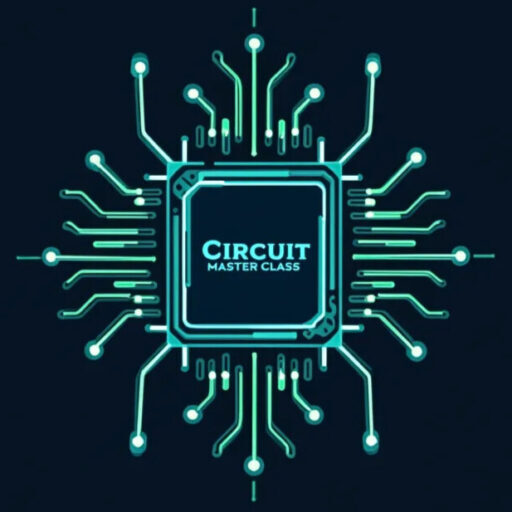Sweep Frequency Response Analysis (SFRA) – Working Principle
Power transformers are critical to electrical systems, and their failure can lead to major disruptions. Sweep Frequency Response Analysis (SFRA) is a powerful diagnostic tool used to detect mechanical and electrical issues inside a transformer before they cause serious problems. It helps identify winding movement, core displacement, insulation failure, and structural deformations by analyzing how … Read more
